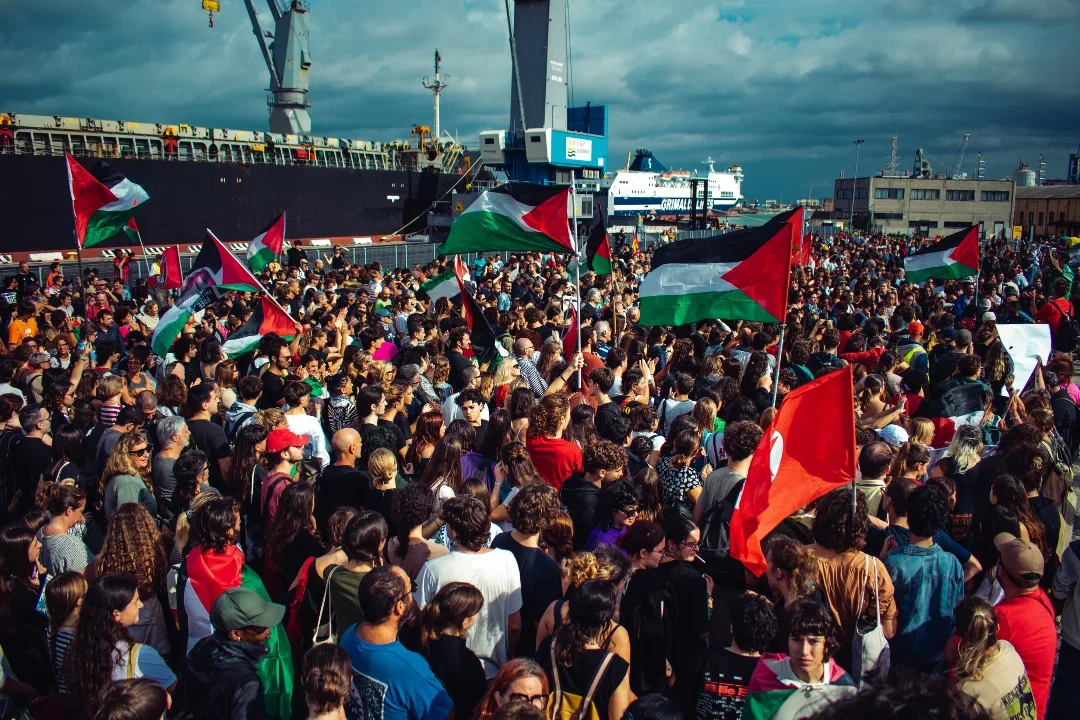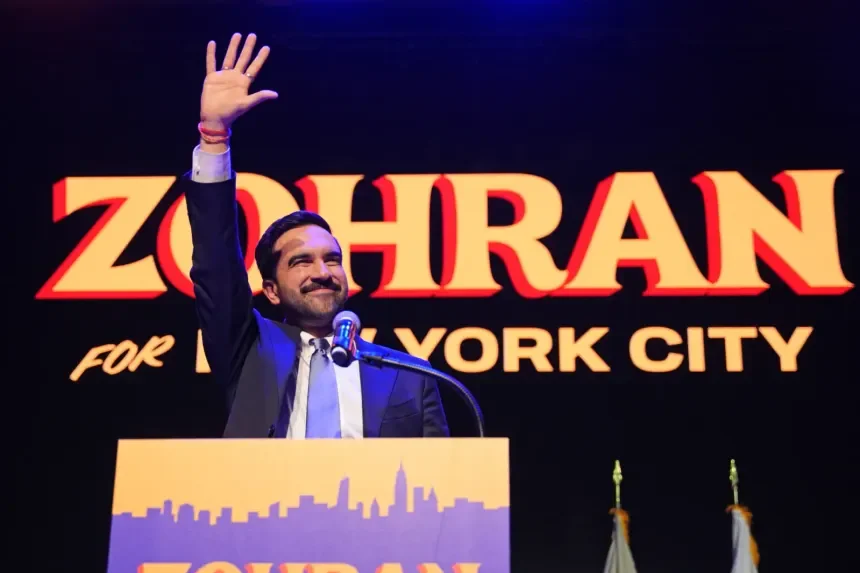Abolishing Prisons
Is It Possible to Imagine a System Without Them?
by Camilla Ponti
In his book “Grammar of Fantasy”, writer Gianni Rodari wrote: "All the bars of all the prisons in the world fall. Everyone walks out. Even the thieves? Yes, even the thieves. It’s prison that produces thieves. End prison, and you end thieves." A reflection that remains relevant today, yet has all but vanished from public debate. Why are we unable to imagine the abolition of prison?
The normalization of the penitentiary institution is deeply rooted in the fabric of Western society. The use of incarceration within the judicial system became established with the rise of the modern state and was then consolidated with the expansion of the current capitalist production system following the Second Industrial Revolution. Before the 18th century, lawbreaking was punished through the infliction of bodily pain, often in public spaces—such as town squares—and prison cells were merely holding places before punishment. Following the two industrial revolutions, the consolidation of an increasingly centralized and non-dynastic form of power went hand in hand with the need to find a solution to crime that would be compatible with the capitalist system.
Drawing from Enlightenment thinkers like Jeremy Bentham, a new idea spread: physical punishment was no longer sufficient. A new element had to be added to the penalty—one that would allow for disciplining the psyche and thus the whole person. Whereas in the past a crime was seen as a direct offense against individuals—kings, monarchs, emperors—and a challenge to social hierarchies, the abstract nature of power embedded in the concept of the State has spread the idea that breaking the law constitutes a collective offense. This offense is to be repaired through the long-term removal and surveillance of the individual—a process otherwise known as rehabilitation.
The real functions of the penitentiary institution are evident in the concept of the prison industrial complex, a term coined by activists such as Angela Davis around 1997, in the context of anti-racist and prison abolitionist movements in the United States.
The prison industrial complex refers to the intersection of economic and political interests underlying the systems of incarceration, repression, and surveillance.
Starting from the U.S. context—where prisons are often managed by private entities that receive public funding and therefore generate profit for each incarcerated person—this framework highlights how
prison is, first and foremost, an economic issue.
Companies win contracts to build and operate facilities, others provide services, and the bodies of incarcerated people are monetized through the exploitation of free or low-cost labor. Thus, it becomes clear that prison operates as a market—and like any market, it must constantly grow. Within this logic,
repressive policies—also supported by mainstream media—play a key role in keeping incarceration rates high by promoting racial profiling, criminalizing freedom of movement, poverty, and mental health struggles, and increasing penalties for minor offenses.
The liberal-democratic notion that the law is equal for all completely collapses in the face of the reality that the prison system is built on institutional racism and classism.
According to a 2025 study conducted by The Sentencing Project, a U.S.-based nonprofit organization focused on criminal justice, a Black person in the United States is five times more likely to be incarcerated than a white person.
Italy’s 2025 Ministry of Justice data on the prison population similarly show that most incarcerated individuals are poor, lack stable housing, struggle with mental health issues—particularly substance addiction—are of foreign origin, undocumented, migrants, have low levels of education, or are unemployed.
Specifically, regarding origin: as of January 31, 2025, there were 19,622 adult detainees of foreign origin, representing 31.7% of the total prison population. According to statistics from Associazione Antigone, by the end of February 2024, there were 523 minors held in juvenile detention in Italy; 51% of them were of foreign origin. These numbers have consistently been instrumentalized by institutions and the media to fuel racist and criminalizing narratives against racialized people. In reality, they simply demonstrate that in Italy, a person of foreign origin is more likely to receive a prison sentence. Although there is still no official data on racial profiling by law enforcement in Italy, racialized individuals are significantly more likely to be stopped, as reported in the Being Black in the EU report. In the chapter on police stops in Italy, 48% of respondents said they believed their most recent stop was racially motivated.
It thus becomes clear that the rehabilitative function of incarceration actually serves to conceal the oppressive and repressive machinery of the prison system, which is sustained—both internally and externally—by the everyday brutality of law enforcement. Even Italian statistics on recidivism after incarceration show that the supposed rehabilitative effect of prison is negligible. Furthermore, when focusing on violent crimes—femicide, homicide, sexual offenses—it becomes evident from psychological, sociological, and educational perspectives that a system based on top-down power dynamics, punishment, the mortification of body and mind, humiliation, and coercion is incapable of deconstructing or reshaping abusive and domineering behaviors—and can, in fact, only worsen them.
The traditional justice system places blame on the individual for their own marginalized condition, while simultaneously diverting collective attention away from the structural factors that sustain socio-political-economic inequalities across different segments of the population.
As long as those at the bottom stay at the bottom, those at the top will see their privileged position endlessly protected.
It is from these realizations that the modern abolitionist movement emerges, that envisions the abolition of prisons. Abolitionism is not a unified movement, but rather a concrete collection of diverse political and social approaches that converge in the belief that so-called criminality cannot be addressed through a punitive and structurally violent framework, but instead
through a comprehensive restructuring—economic, political, emotional, and cultural—aimed at dismantling the conditions that sustain social inequality and promoting collective repair of harm.
The various theories advocating for prison abolition entail and call for a radical transformation in how we approach conflict, starting from the urgent need to invest, above all, in protection and care for everyone. The origins of the Western prison abolition movement can be traced back to the struggles to abolish slavery of people forcibly taken from the African continent, which took place in Europe and the United States between the late 18th and throughout the 19th century. On paper, the end of the U.S. Civil War in 1865 also marked the end of slavery.
However, scholars, activists, and organizers like Michelle Alexander and Angela Davis have revealed how the creation of the prison industrial complex was merely a continuation—under a different name—of the previous system of slavery and racial colonial segregation. And it is precisely from the abolitionist struggles of racialized, Indigenous, marginalized, and oppressed communities that alternatives to traditional justice systems have emerged—among them, transformative justice.
According to Giusi Palomba, author of the book “La trama alternativa. Sogni e pratiche di giustizia trasformativa contro la violenza di genere” (minimum fax, 2023) and a group facilitator, interviewed by Voice Over Foundation: “When we talk about transformative justice, we’re referring to very concrete practices. The term emerged in the U.S. between the 1990s and early 2000s, when communities of women and Black, migrant, trans, queer, poor, and working-class people gave a name to self-organized strategies not only to confront interpersonal violence, but also the violence inflicted by institutions and the police on their communities.
Talking about transformative justice means, first and foremost, creating new infrastructures and imagining new roles—without uniforms—capable of intervening in conflicts or violence and exploring alternative scenarios to those offered by traditional justice systems, possibly ones that are more effective in the long term.
Community accountability practices go against the grain of a society that, when faced with conflict or violence, offers nothing but criminalization or punishment. Undeniably, the need to punish exists, but at times, it can be transformed into something else, starting from a collective processing of lived experience—so we can understand together its origins, how it functions, and whether it’s truly useful.
Often, the desire for revenge emerges as a consequence of having to face the trauma of living in an oppressive society alone. Governments—particularly far-right ones, but not exclusively—exploit feelings of hatred and revenge, as they provide justification to increase criminalization and repression across all areas of society. We saw what happened after the Caivano rape case. Collective anger and outrage were used solely as a pretext to severely restrict the scope of juvenile justice.”
At the core of the various practices of transformative justice lies the belief that both violent and non-violent offenses do not stem from individual traits or behaviors, but from structural conditions—economic, social, and educational.
As a result, addressing harm cannot consist of punishment, isolation, or the creation of a space that reproduces the same violent dynamics that generated the harm in the first place. Transformative justice is therefore based on the conviction that only a radical transformation of social conditions—ones that allow for the fulfillment of everyone’s basic needs—along with changes in relational dynamics and shared socio-educational foundations, can truly respond to and, over time, resolve harm.
According to Giusi Palomba, once again: “It’s essential to anchor transformative justice to its genealogies. I believe one of the many reasons why transformative justice—and, more broadly, community-based roles and infrastructures—are rarely discussed in Italy is due to the difficulty in recognizing the violence experienced by large segments of society: the most criminalized and marginalized. There is also resistance to addressing racism and decoloniality, and to reflecting on power relations, both on an interpersonal and systemic level.
Transformative justice emerged from a broad critique of punitive systems, and organizes itself around questions like: ‘In practice, who gets incarcerated? Who gets criminalized? Who is isolated and marginalized?’ This is a tension that brings conflict into institutions, while simultaneously working on community care.
We live in a society that, as mentioned earlier, has taught us to normalize punishment and violence.
Therefore, the risk of sliding back into authoritarian tendencies exists even within interpersonal and community relationships.”
Talking about the prison industrial complex means denouncing and rejecting a structural system that criminalizes marginalization and profits from suffering—a system that creates isolation, abandonment, individualism, and fragmentation, that abuses with impunity and protects the privilege of a very few at the expense of everyone else’s freedom and well-being. It means opposing the continuation of colonial forms of violence aimed at the suppression of the human being in their entirety. It means refusing the idea of a society that blames the individual while simultaneously crushing them, stripping them of any real possibility for self-determination.
By contrast, spreading abolitionist transformative justice practices means envisioning the abolition of prisons while also imagining alternative futures. It means, for example, thinking about dialogue circles between those harmed and those responsible for the harm—spaces that promote accountability, awareness, introspection, empathetic listening, and mutual care. It means creating support groups and emotional sharing spaces for processing experiences of systemic violence, or fostering transfeminist educational moments centered around building relational practices grounded in consent, respect, boundary-awareness, and self-expression.
Spreading transformative justice means preserving the value of a healthy, powerful, and life-affirming anger—one that seeks a global and irreversible transformation. It means resisting a power that wants us divided, distant, and hollowed out. If justice is not equal for all, then it is nothing more than well-disguised oppression. And, as German writer and poet Bertolt Brecht once said: "When injustice becomes law, resistance becomes duty."




